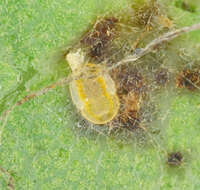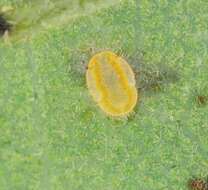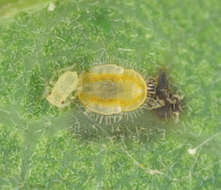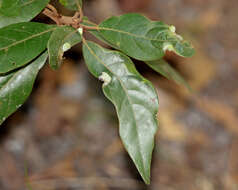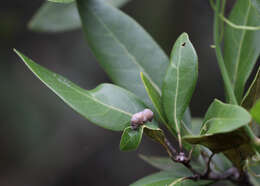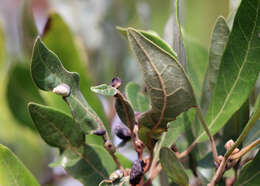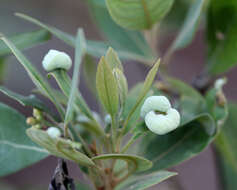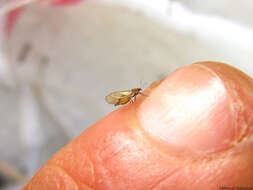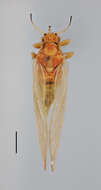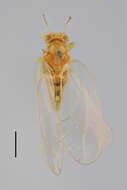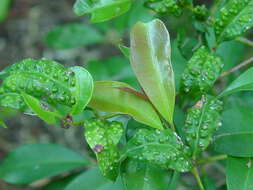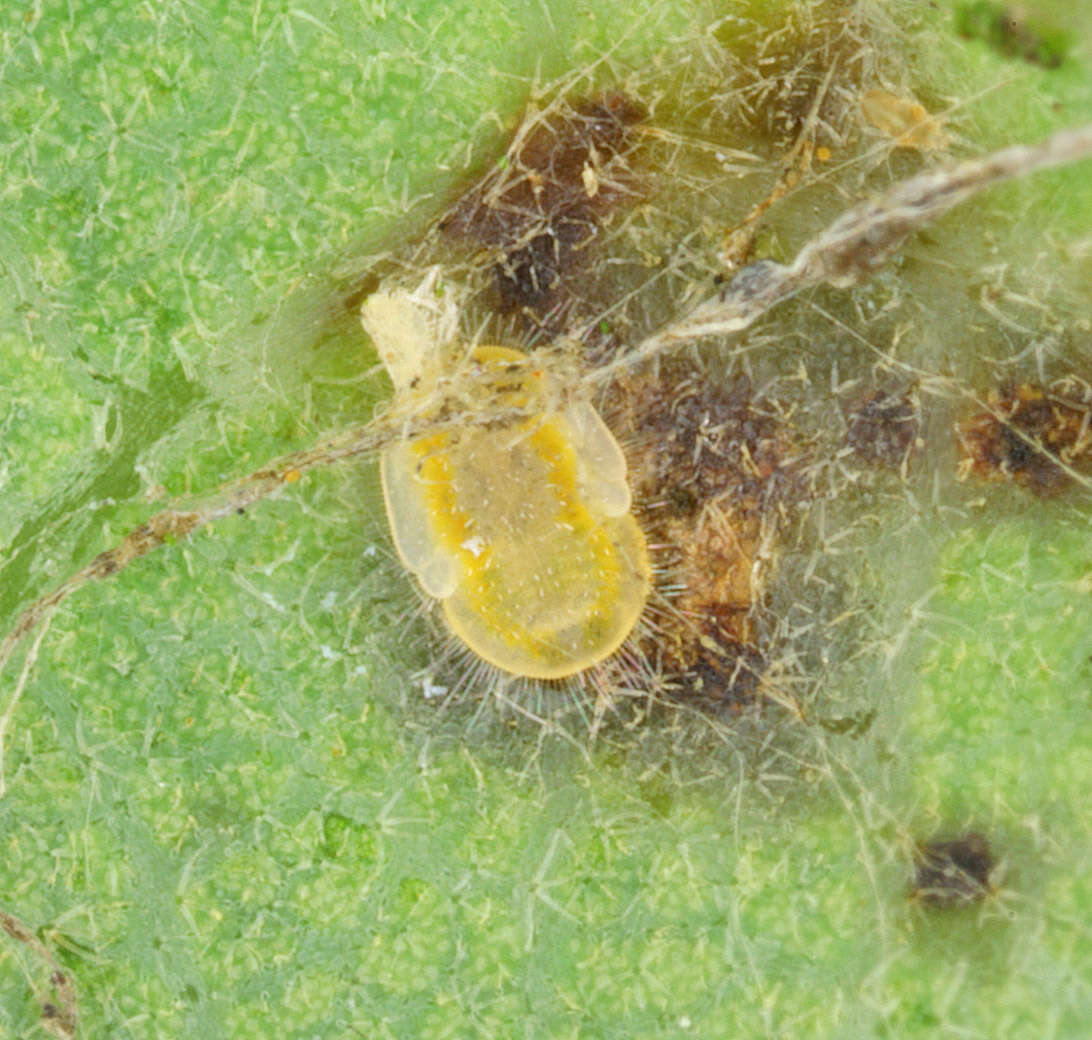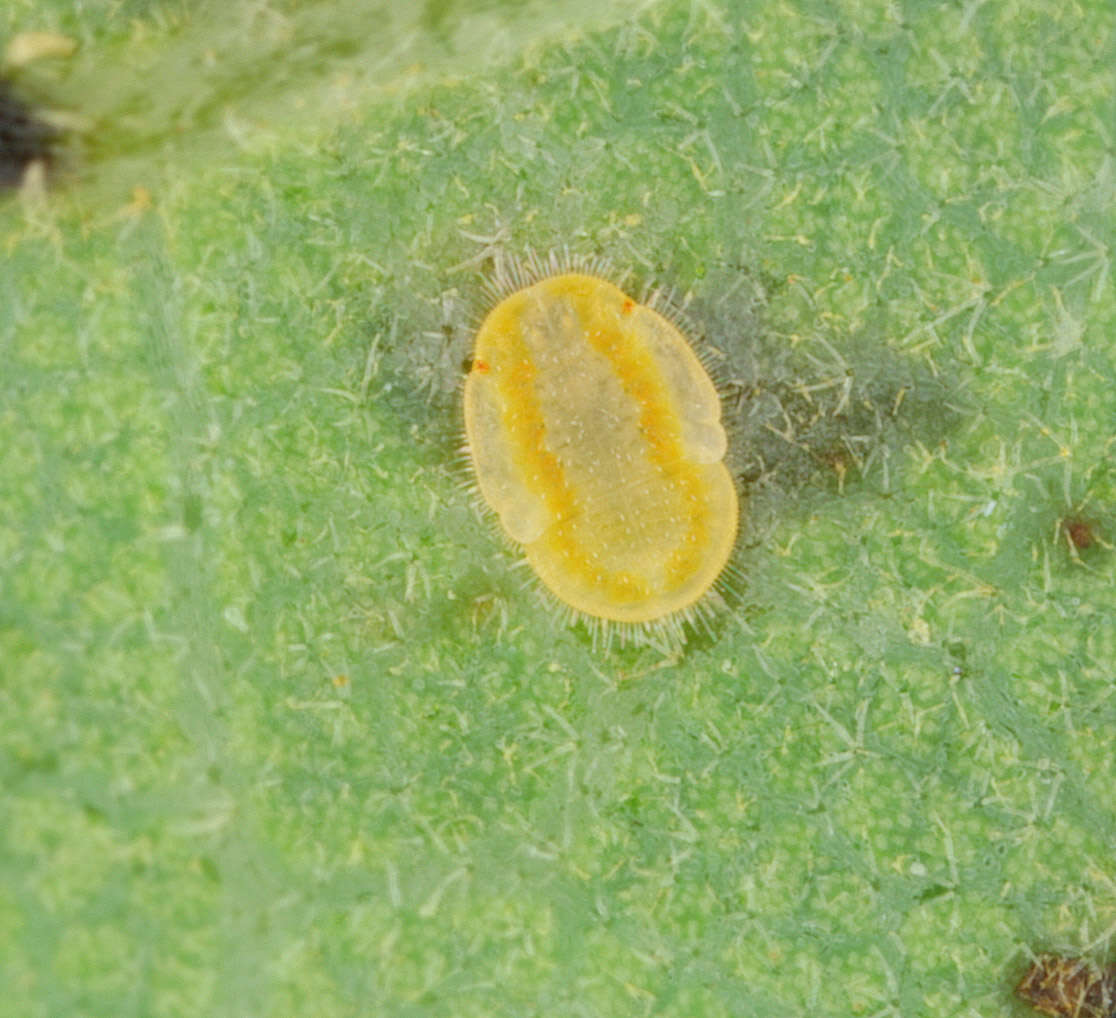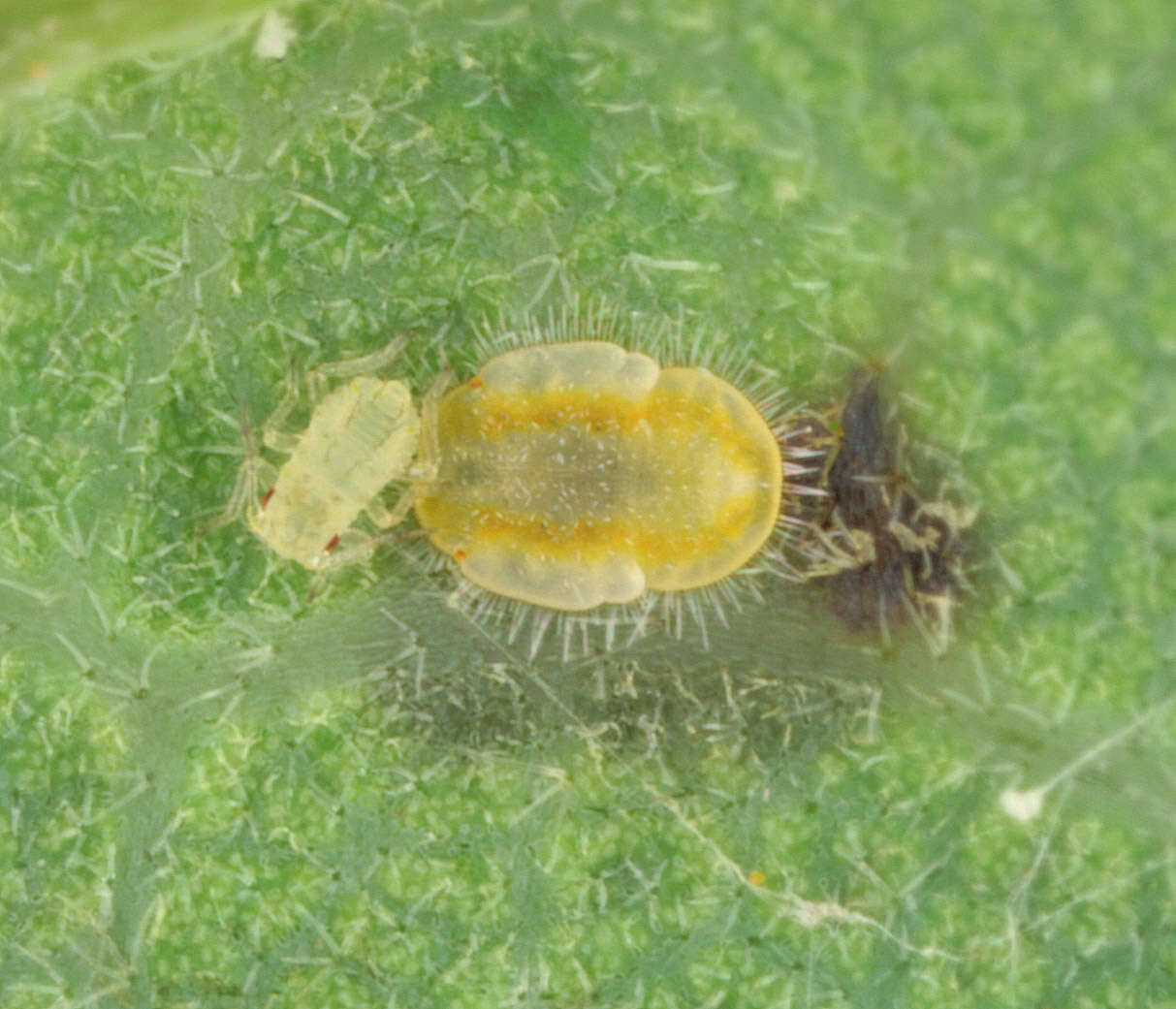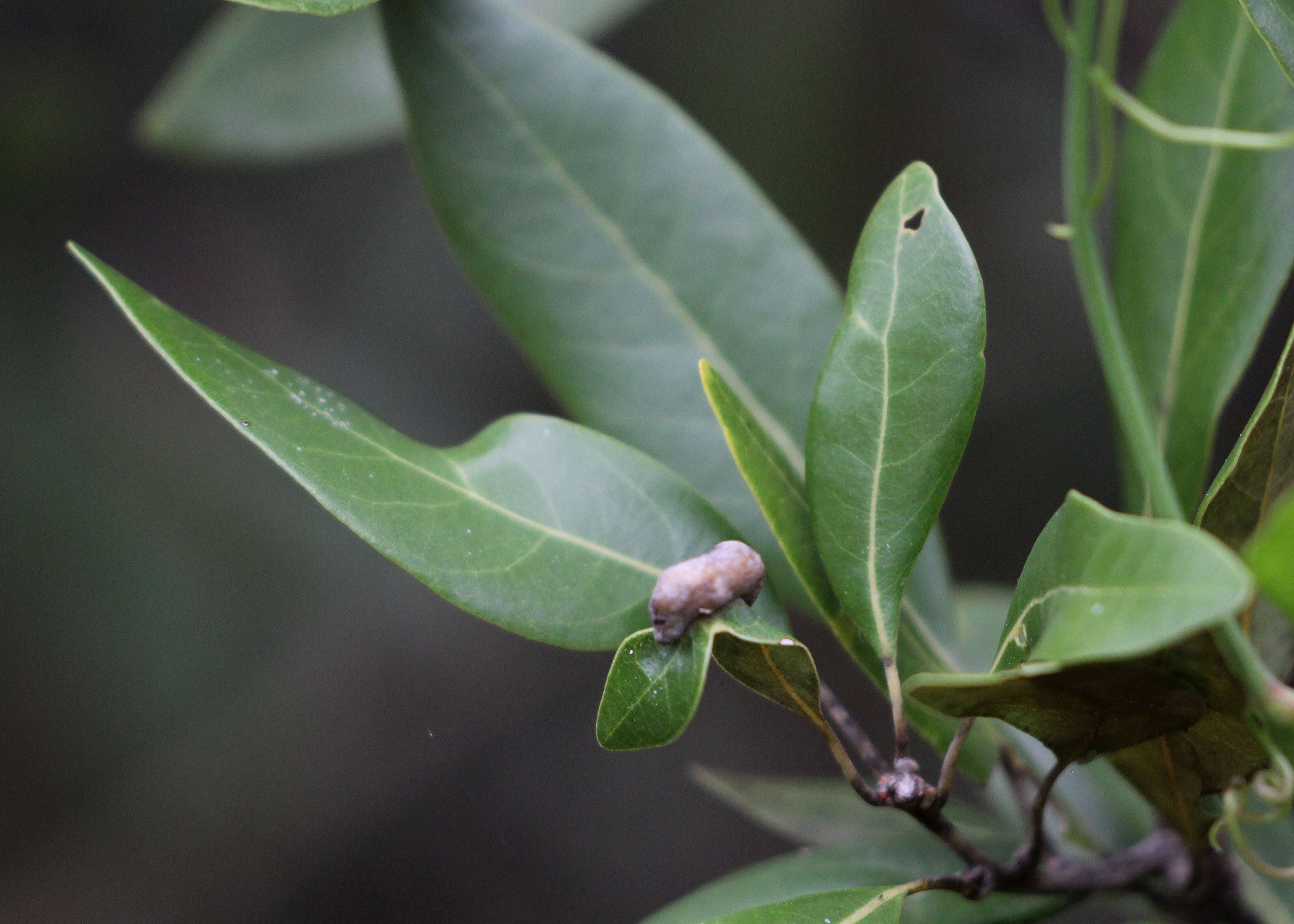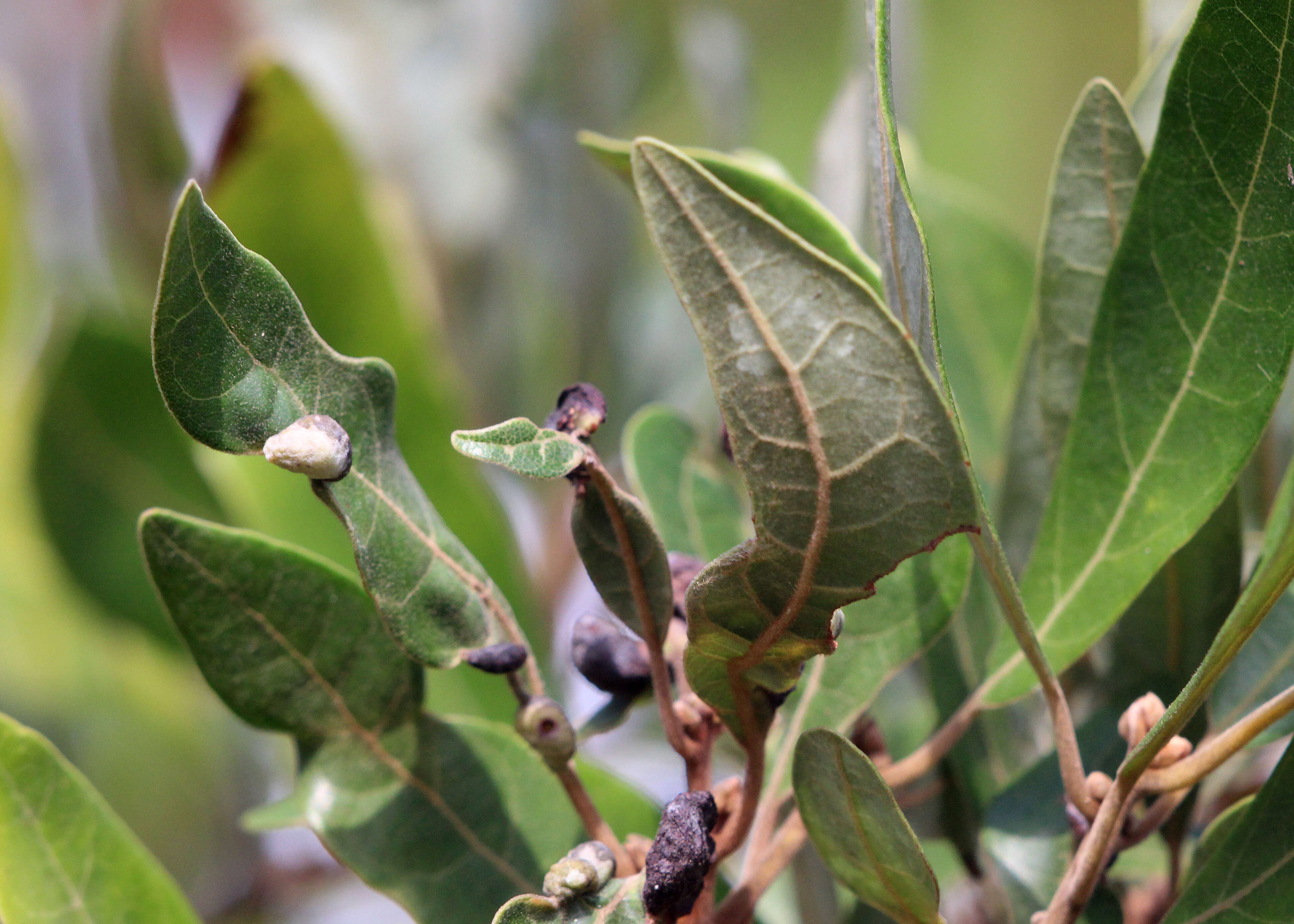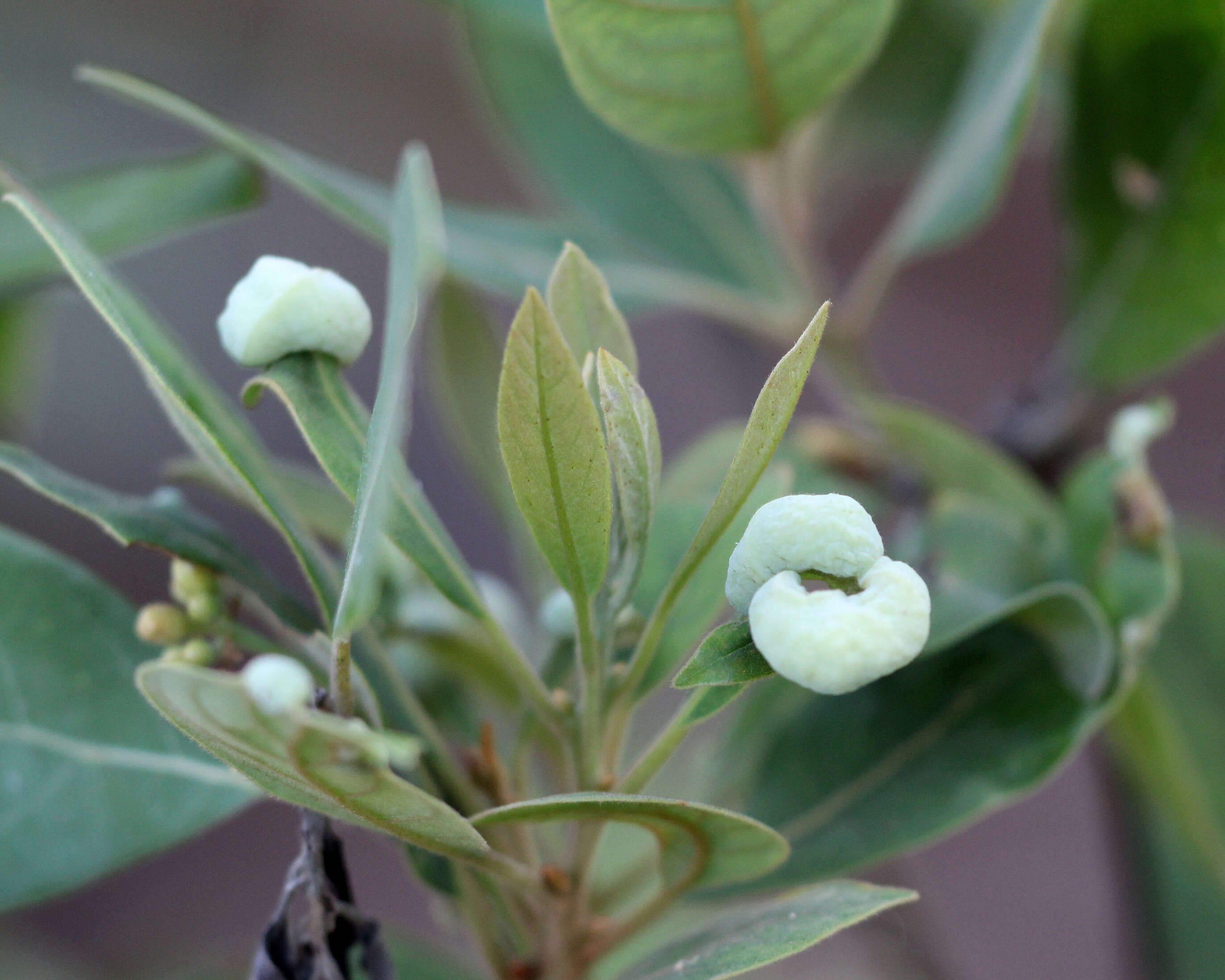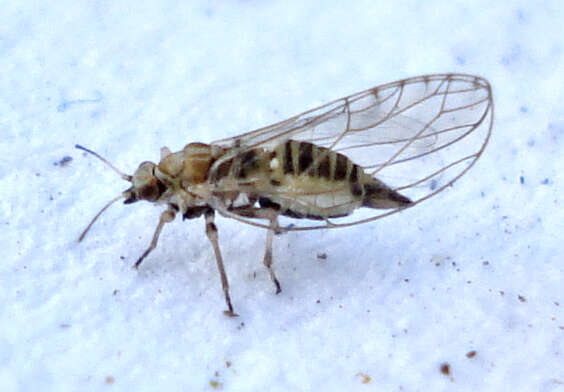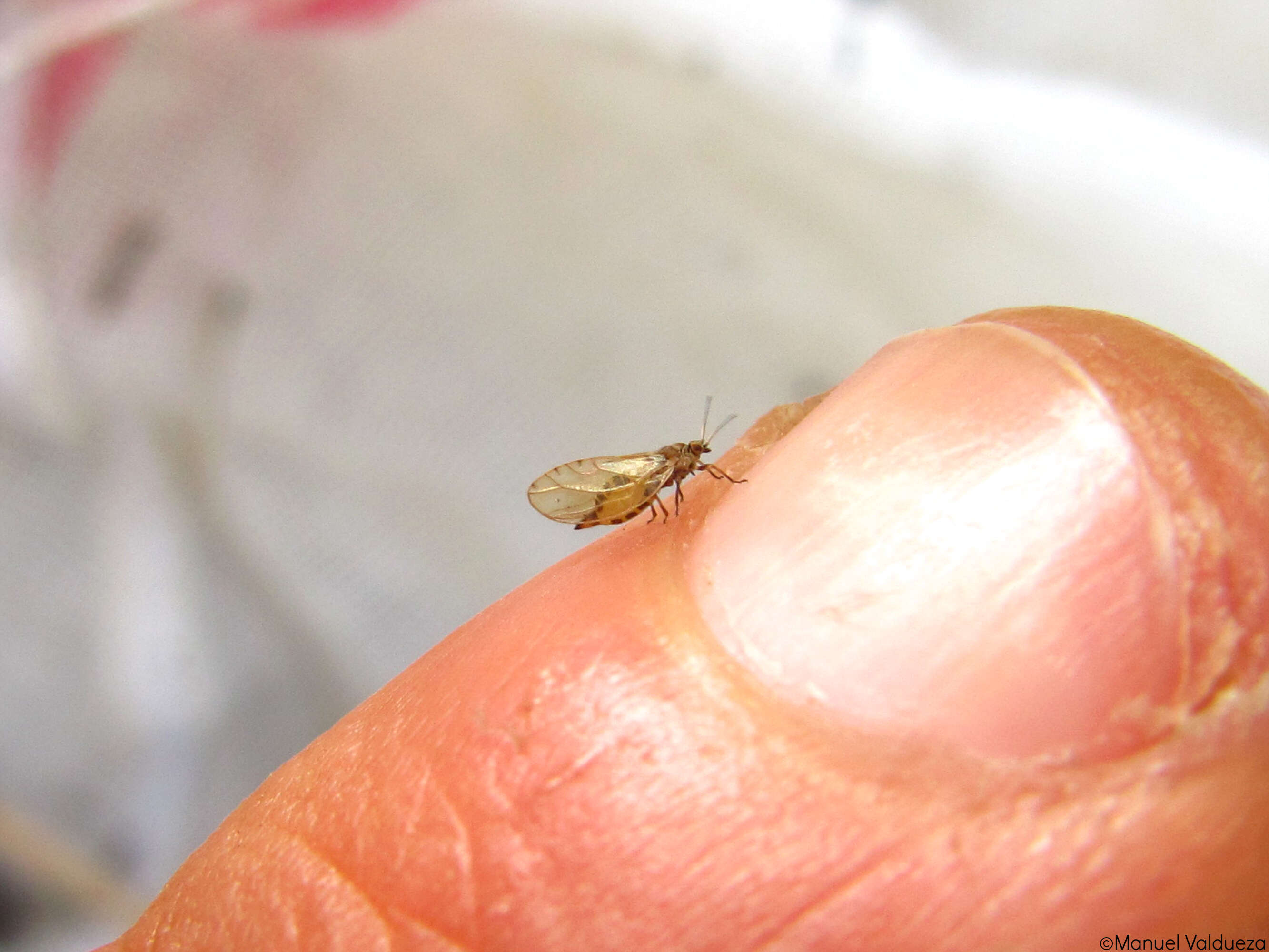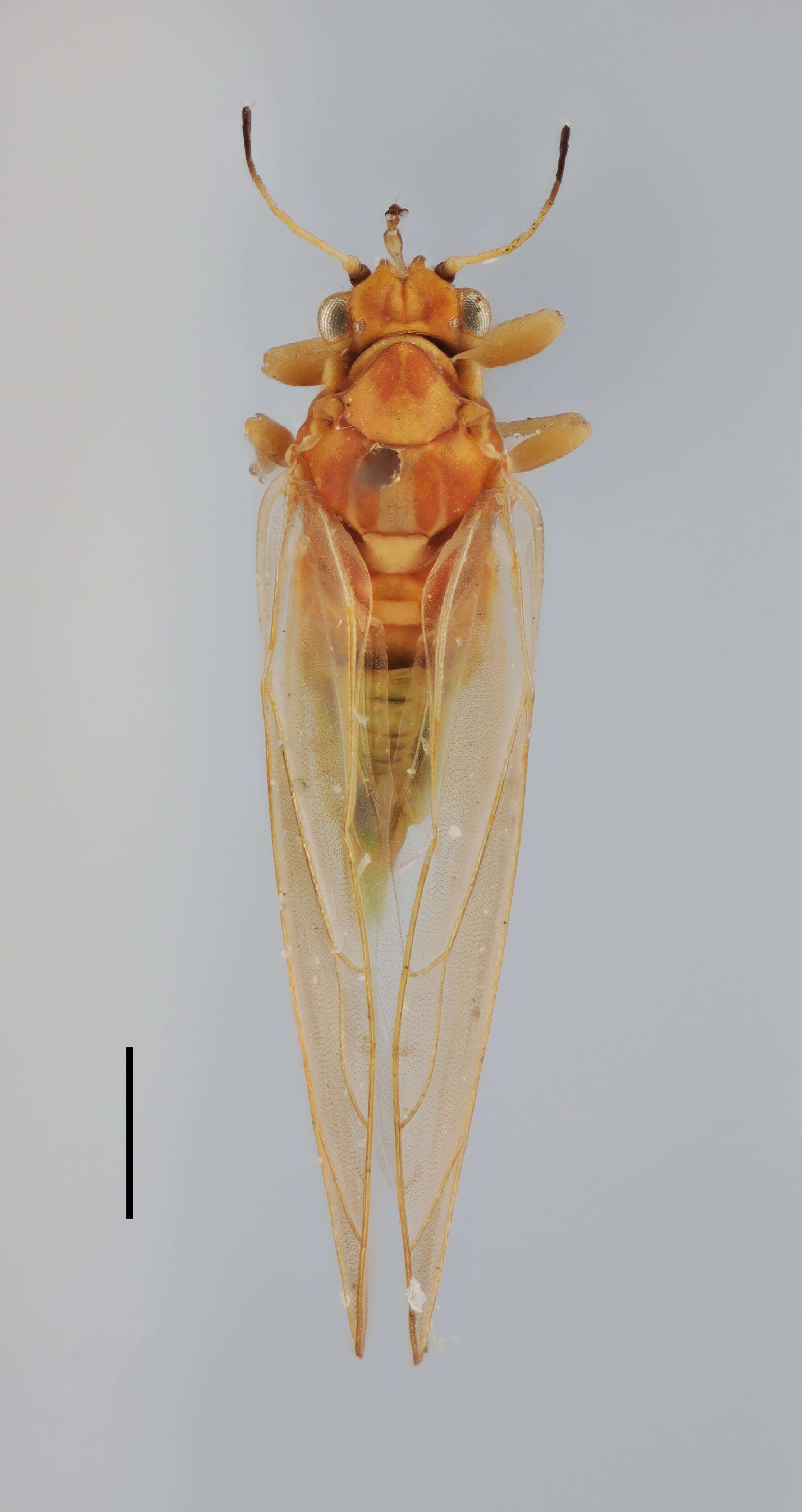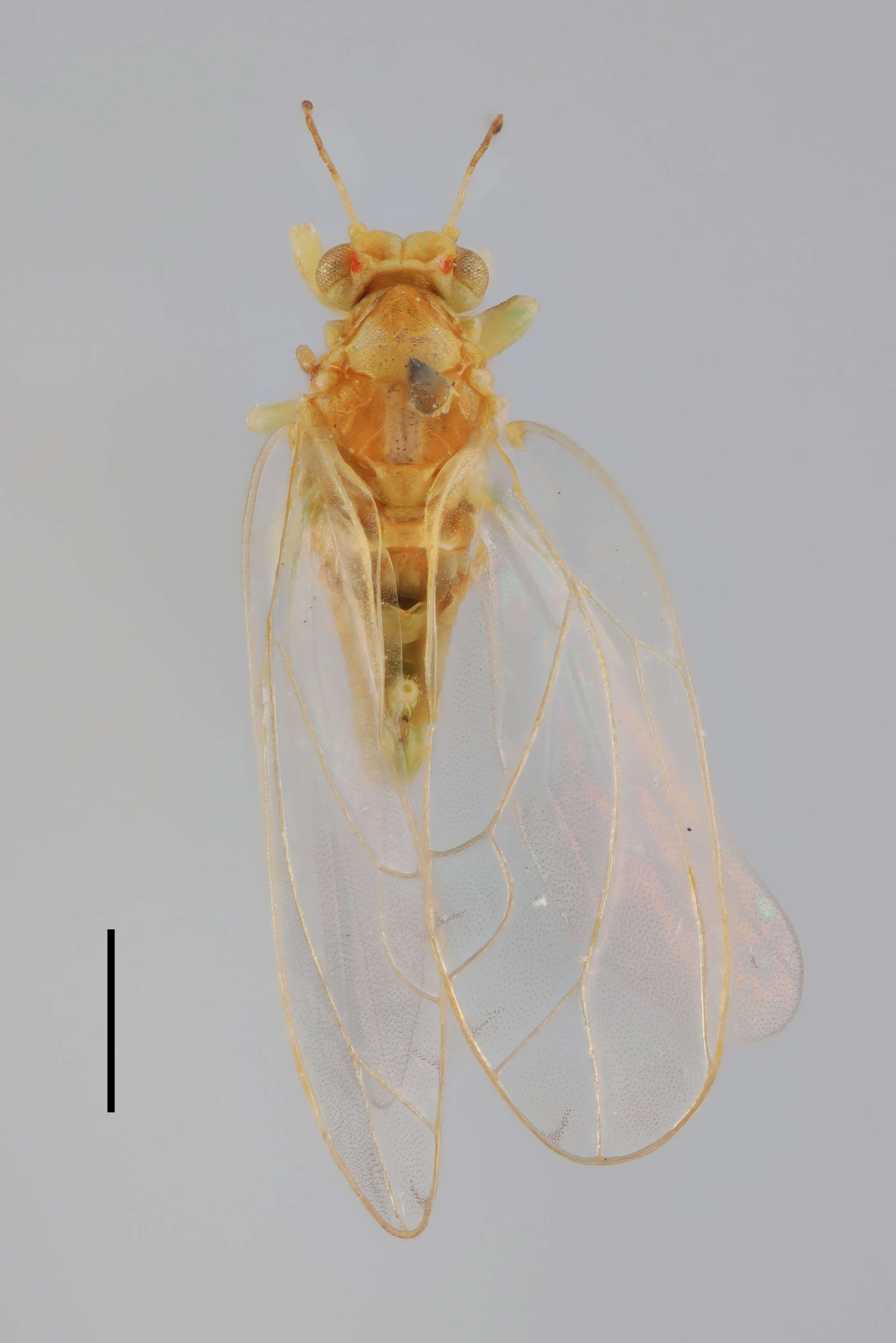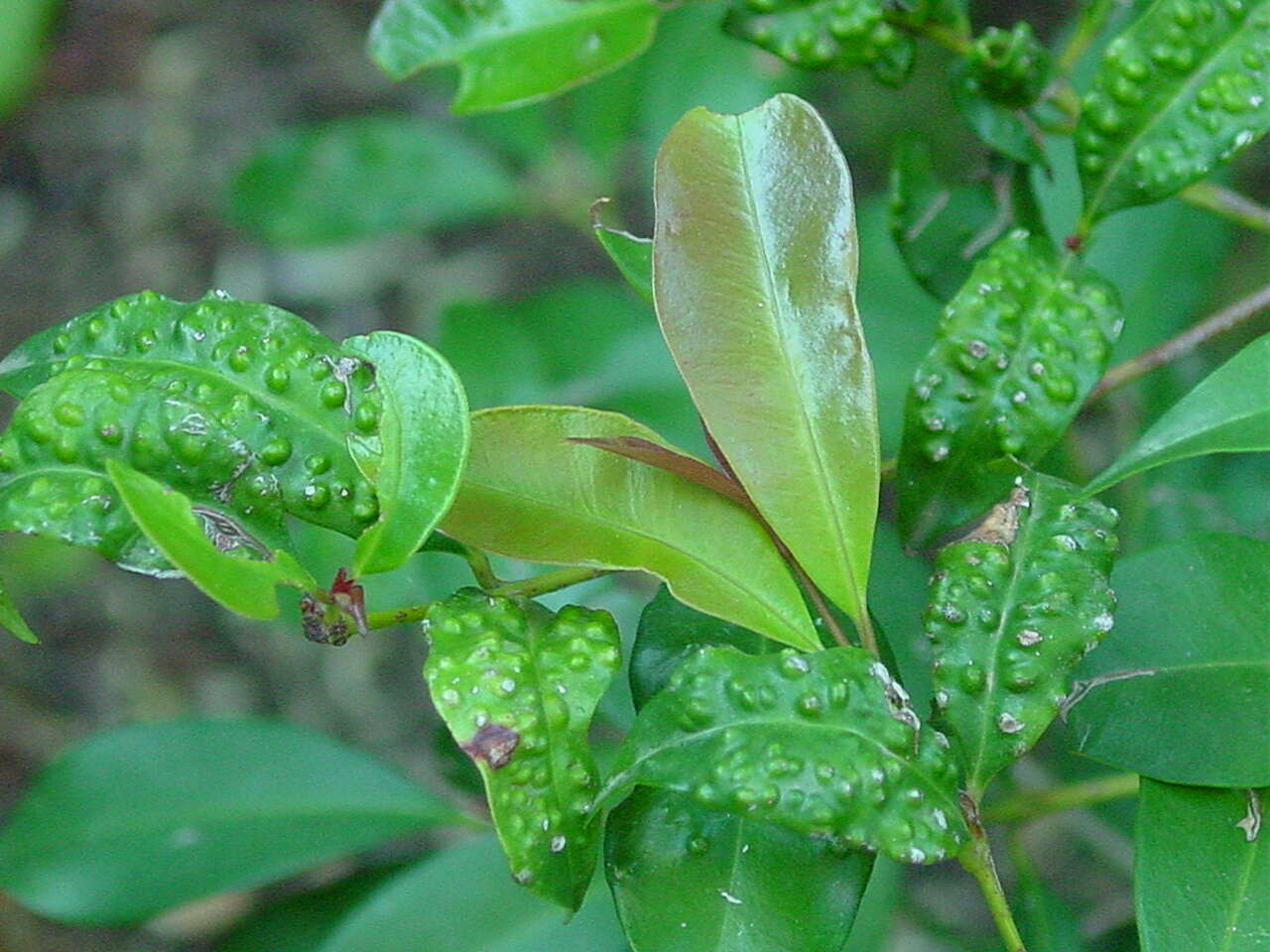-
Longitude (deg): -1.2. Latitude (deg): 51.4. Longitude (deg/min): 1° 10' W. Latitude (deg/min): 51° 30' N. Vice county name: Berks. Vice county no.: 22. Country: England. Stage: Nymph. Associated species: Quercus petraea. Identified by: Malcolm Storey. Comment: gall pits on undersides of leaves of Sessile Oak. Category: macro-photograph. Image scaling: magnified. Photographic equipment used: Canon EOS400D dSLR and MP-E 65mm x1 to x5 macro lens.
-
Longitude (deg): -1.2. Latitude (deg): 51.4. Longitude (deg/min): 1° 10' W. Latitude (deg/min): 51° 30' N. Vice county name: Berks. Vice county no.: 22. Country: England. Stage: Nymph. Associated species: Quercus petraea. Identified by: Malcolm Storey. Comment: gall pits on undersides of leaves of Sessile Oak. Category: macro-photograph. Image scaling: magnified. Photographic equipment used: Canon EOS400D dSLR and MP-E 65mm x1 to x5 macro lens.
-
Longitude (deg): -1.2. Latitude (deg): 51.4. Longitude (deg/min): 1° 10' W. Latitude (deg/min): 51° 30' N. Vice county name: Berks. Vice county no.: 22. Country: England. Stage: Nymph. Associated species: Quercus petraea. Identified by: Malcolm Storey. Comment: gall pits on undersides of leaves of Sessile Oak. Other taxa shown: aphid. Category: macro-photograph. Image scaling: magnified. Photographic equipment used: Canon EOS400D dSLR and MP-E 65mm x1 to x5 macro lens.
-
Osceola, Florida, United States
-
Kolokee, Florida, United States
-
Sandalwood Mobile Home Park, Florida, United States
-
Christmas, Florida, United States
-
Orlando, Florida, United States
-
Alafaya Woods, Florida, United States
-
-
Warneton, Hainault, Belgium
-
Dorsal. Scale bar 0,5 mm.MZLU-HEM00001856
-
Dorsal. Scale bar 0,5 mm.MZLU-HEM00001855
-
a pest of "Lilly Pillys", the susceptible species range is perilous to define with lots of contradictory information available. This could be through misidentification of host species or maybe variations in susceptibility due to environmental factors impacting on susceptibility or presence/absence of predator populations affecting distribution. In my experience and locality S.paniculatum is by far the most commonly susceptible, and occasionally Waterhousea floribunda, S.moorei and some S.australe cultivars of which 'Hunchy" appears most susceptible.


